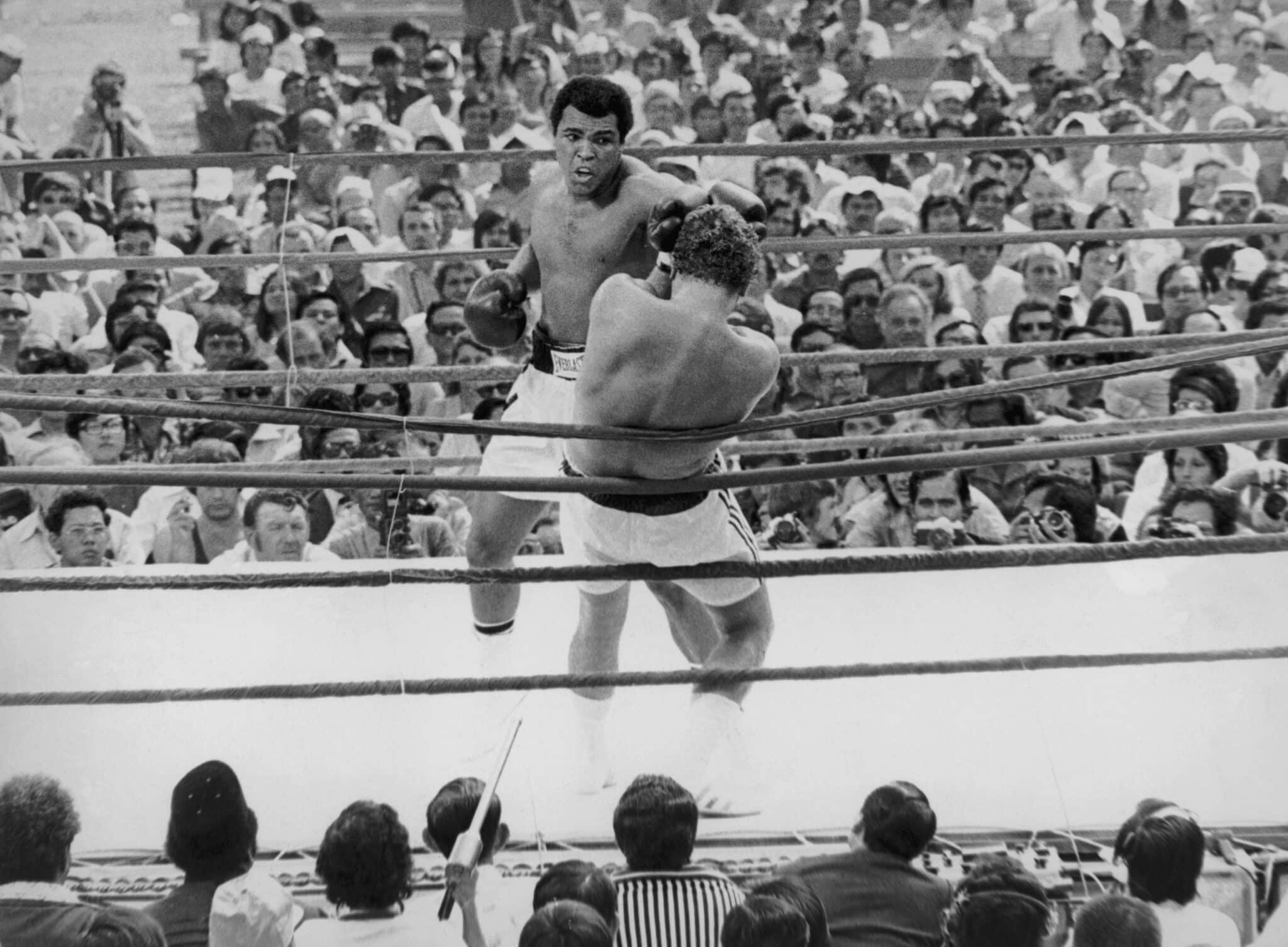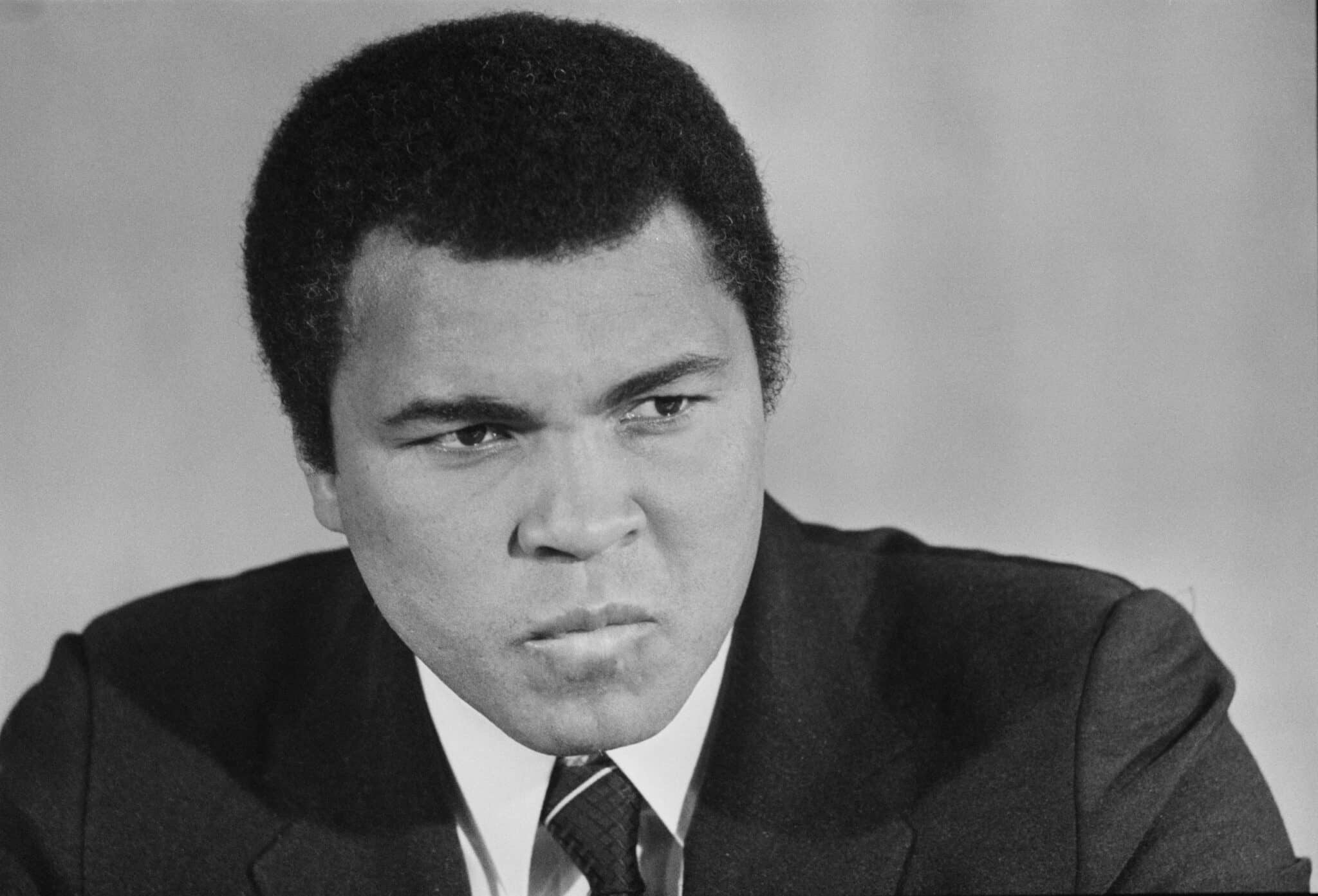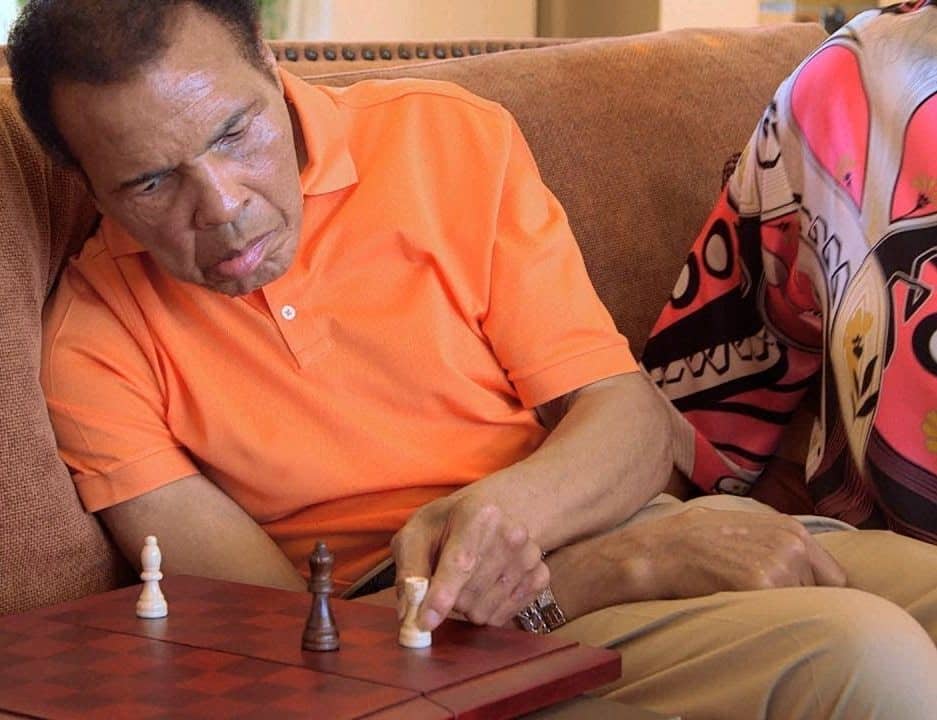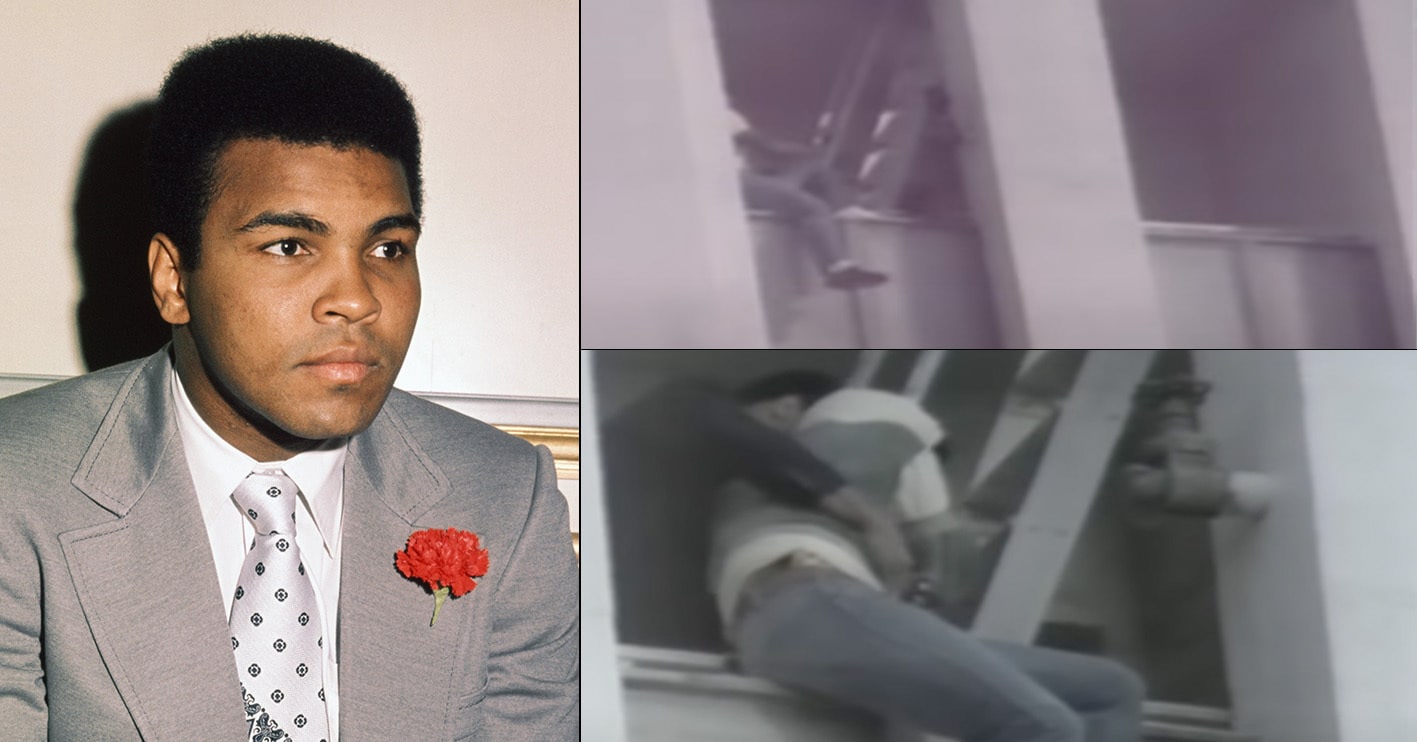A disturbance in the skyline drew huge crowds to a Los Angeles street on January 19, 1981. A man was preparing to jump from the ninth floor of a tower block. But when he heard a commotion below, the man turned to his right to see a face emerging from a nearby window. It was probably the most recognised face in the world: Muhammad Ali had entered the building.
‘I am the greatest’

Muhammad Ali, born January 17, 1942 in Louisville, Kentucky, as Cassius Clay (the name he went by before his conversion to Islam in 1964), had been resilient and confident since he was a child.
Speaking to Oprah in 2001, Ali noted: “When I was 9, I saw a wrestler on television named Gorgeous George. He said, “I’m beautiful. I’m so pretty that if a sucker touches my face, I’ll kill him. If he messes with my hair, I’ll pummel him.”
“I said to myself, “That’s a good idea. I am the greatest, I’m pretty.” And then I took it a little further than he did,” Ali added.
‘The people’s champion’

Training intensely under police officer and part-time boxing coach Joe E Martin from the age of 12, Clay quickly became a star of his sport.
At the age of 17, Clay won the light heavyweight Golden Gloves championship. He became an Olympic Gold medallist and the Golden Gloves heavyweight champion in the following year.
By the time he turned 23, Clay had secured the world heavyweight title, and would go on to win it twice more. Soon afterwards, he became a Muslim and changed his name to Muhammad Ali (among his early mentors was Muslim minister and human rights activist Malcolm X).
In 1967, Ali was thrown into the spotlight when he refused to accept his Vietnam draft, citing his religious and ethical opposition. He suffered death threats and was shunned by the World Boxing Association.

However, Ali’s boxing license was restored five years later when the Supreme Court reversed his conviction. He restored his heavyweight world title by defeating George Foreman in 1974. By this time, Muhammad Ali was not just one of the greatest athletes alive, he was one of the most famous and influential people on the planet, already on his way to becoming an American icon.
In private, however, Ali began to struggle with early symptoms of the degenerative disorder Parkinson’s disease. Although he remained quiet on his condition for 15 years, as Ali moved away from boxing due to health issues, family and friends have recalled that he became a very generous man, often donating to strangers.
“I would get home from school to find homeless families sleeping in our guest room,” Muhammad’s daughter Hanna Ali has remembered. “He’d see them on the street, pile them into his Rolls-Royce and bring them home.” This spirit became even more evident when Ali walked into the most challenging chance encounter of his life.
‘I’m no good’

The man who Muhammad Ali met in that high-rise block in 1981 was at a very different point in his life. Although Hollywood movie producers have since attempted to uncover the man’s life story in order to adapt his tale, he has only ever been identified as ‘Joe’ – the name he was given in newspapers at the time.
According to contemporary reports, on that day in 1981 Joe was spotted on the ledge of a Los Angeles office building, nine storeys up, where he appeared to be in a delusional state. In contemporary news reports, police stated that Joe had been shouting out, and seemed to believe he was in Vietnam, with the Viet Cong coming to attack him.
This led some reporters to speculate that he may have been a Vietnam veteran. However, the Los Angeles Times later claimed that Joe was only 21 years old, meaning that he could not have fought in the Vietnam War.

Joe was reportedly shouting, “I’m no good” and “I’m going to jump!”. A crowd of hundreds gathered below him. Police officers, a clergyman and a psychiatrist gathered in the building and leant out of other windows, trying to reason with the man.
According to LA police officer Bruce Hagerty, the crowd had a very different tone. “It got pretty nasty down below, there was a crowd of 200, 300 people… They were chanting, “Jump! Jump!” he recalled.
“The man was agitated and not being reasonable, and you can’t reason with unreasonable people, so we were concerned that he may in fact jump.”
‘He responded like a superhero’

Howard Bingham, a photographer who was Muhammad Ali’s close friend (and later his biographer), was walking along through town on that fateful day and saw the chaos unfold. Knowing that Ali lived close by on Wilshire Boulevard, Bingham phoned him to see if he could help.
Bingham later recalled to reporters, “About four minutes later, Ali comes driving up the wrong side of the street in his Rolls-Royce with his lights blinking.” Ali ran into the building, while Joe balanced on a ledge and hung on to a pillar. Ali found his way to the nearest window.
According to the Los Angeles Times, Ali leant far out of the window and started speaking to Joe. At first, Joe’s position became even more precarious as he leaned over in disbelief, to get a better look at the star.

Ali reportedly shouted to Joe, “You’re my brother! I love you, and I wouldn’t lie to you.” He talked to Joe for about half an hour, persuading him to back down.
“You got to listen,” Ali was also heard saying. “I want you to come home with me, meet some friends of mine.” At long last, Joe retreated through the fire escape door. Ali put his arm around Joe’s shoulder and led him downstairs. They left the building together and Ali gave him a lift to the nearest police station.
Ali then drove Joe on to a local hospital, from which point there is little news of what happened to the would-be jumper. Later in the day, Ali spoke at a news conference about the incident and said that he was going to take Joe back to his home state of Michigan.

Later, Ali commented to the Reading Eagle: “I told him he wasn’t a nobody. He saw me weeping and he couldn’t believe I was really doing that, that I cared that much about him.
“I’m going to help him go to school and find a job, buy him some clothes,” Ali added. “I’m going to go home with him to meet his mother and father. They called him a nobody, so I’m going home with him. I’ll walk the streets with him and they’ll see he’s big.”
‘The most beloved person on the planet’

Although Joe faded from public scrutiny, Ali’s later life was as heavily documented as ever. He held his last ever fight later that year, on December 11, 1981, losing a match – against Trevor Berbick in the Bahamas – that was widely regarded as a travesty, with the former champ’s physical decline already all too clear.
Ali befriended Ronald Reagan and endorsed him for re-election in 1984; around the same time, he went public about his Parkinson’s diagnosis. In the following decades, Ali travelled the world to support various social work charities.
Amid his spectacular rise to fame, Ali married four times and eventually had nine children, including one adopted son. He passed away in 2016 due to septic shock.
Frequently described as “the most beloved person on the planet,” Muhammad Ali remains a world-famous name. Reflecting on Ali’s life, the sports reporter Robert Lipsyte noted: “In some sort of ways, he talked a lot of people off the ledge. I think about a guy who made people brave. That’s what he did.”

